The Ghana cedi depreciated by 4.9 percent to the US Dollar in 2017, the Bank of Ghana stated in its first Monetary Policy Committee report in January 2018.
But the currency projection by BMI indicates the performance of the cedi will make it one of the best performing currencies in Africa this year.
Interestingly, the cedi has remained relatively stable in value to the world’s most important currency since the beginning of the year, a situation which is unusual based on historical antecedent. According to Frontline Capital Advisors, the cedi has appreciated by 1.39 percent since January 1, 2018, selling at GHc4.46 to the US dollar.
This paper’s source at the Finance Ministry indicates that the government is committed to building secondary reserves of about 5 months of import cover this year even though the budget estimated a reserve of 4.5 months of import cover.
Ecobank Research says “fundamentally, positive sentiments over robust GDP growth and a trade surplus estimated at 2.3 percent of GDP for 2017 (against a 4.2 percent of GDP deficit in 2016) have helped to provide some support to the Ghana cedi in 2017, and is expected to do so in 2018.”
It added that amid stronger oil prices, plans to issue US dollar one billion Eurobond in the first quarter of 2018 point to further upside to foreign exchange reserves.
The cedi traded between GH¢4.41 and GH¢4.42 against the US dollar, according to BoG figures. However, one dollar is going for GH¢4.46 at most forex bureaus.
Ghana’s foreign reserves rose by 10.3 percent from the third quarter of 2017 to US$7.6 billion at the end of last year, about 4.3 months of import cover.
The September 2017 signing of a Cocobod loan agreement for US$1.3bn for the 2017/18 crop season contributed significantly to the growth in the reserves.
By Augustine Amoah
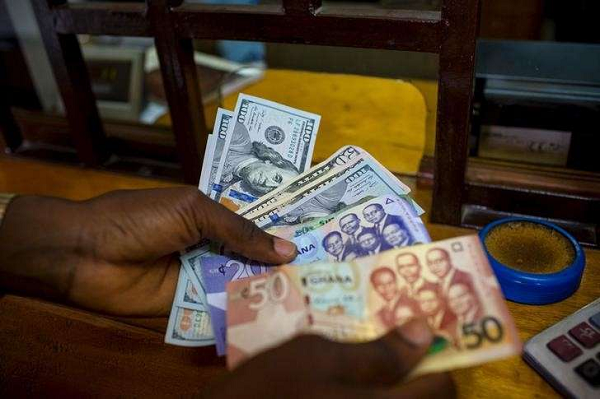
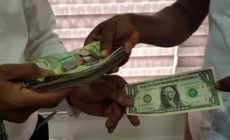
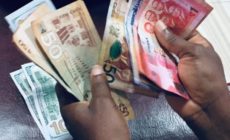
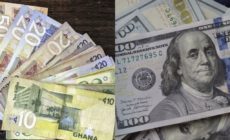
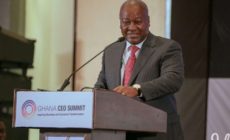






 (Selorm) |
(Selorm) |  (Nana Kwesi)
(Nana Kwesi)